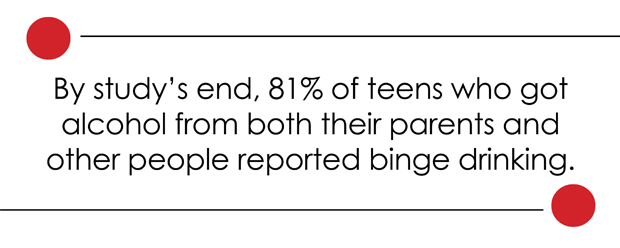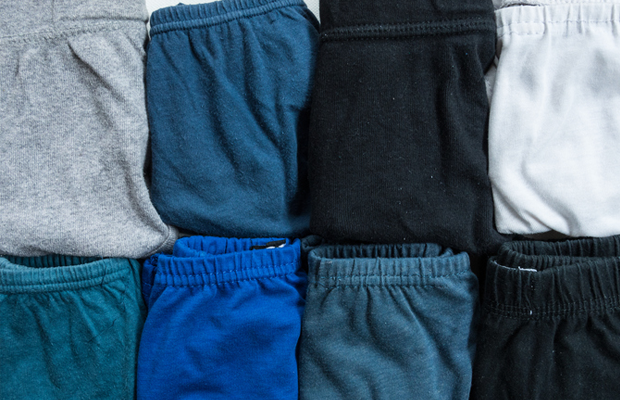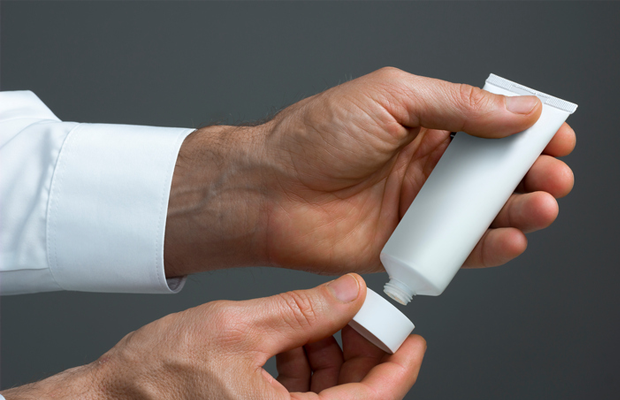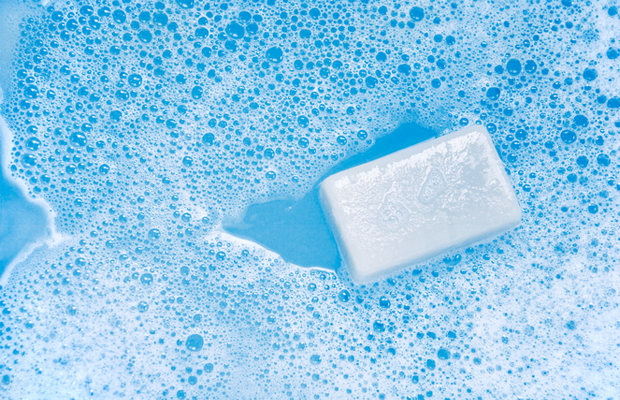You expect your workout to come with a good amount of sweat, soreness and body odour. Less expected is itchiness, the runs and snot. But these bodily dysfunctions – and a slew of others – can be strange-but-normal side effects of exercise.
1. Your muscle twitches while lifting
Why it happens: Those tiny spasms are called muscle fasciculations, says Christopher Minson, PhD, a professor of human physiology at the University of Oregon, and they’re caused by an imbalance of electrolytes in your muscle fibres as they fatigue.
Your move: Hydrate before and during a workout. This helps maintain the equilibrium of electrolytes in your muscle cells, explains Minson.
Cold water is best for most workouts, but if you’re working out for longer than 30 minutes, grab a sports drink. These beverages offer potassium, sodium and other electrolytes to replenish what your body lost through sweat.
If the twitch continues for days or disrupts your sleep, you should see a doctor. In rare cases, severe pain or a sustained twitch could be a sign of a tear or strain, says Michael J Ryan, PhD, associate professor of exercise science at Fairmont State University.
What’s more, spasms that last a long time or occur on a regular basis may be a sign of kidney or thyroid dysfunction, fibromyalgia or other neuromuscular disorders.
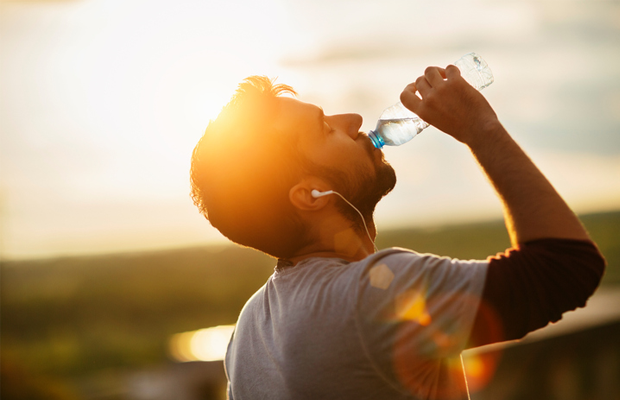
2. Your nose and eyes run faster than you do
Why it happens: Exercise dilates and constricts blood vessels in your sinuses, making your eyes and nose drip, says Minson.
Suffer from more than just a drip? If your nose mimics a hose spraying full blast, you may be allergic to exercise, says Ryan.
Read more: Is it actually possible to be allergic to exercise?
It’s called exercise-induced rhinitis and its symptoms are very similar to seasonal allergies: runny nose, congestion, sneezing or watery eyes. You’ll notice that it usually occurs when you increase your workout’s intensity because your blood vessels are constricting more than normal, he says.
Your move: Exercising indoors will help you steer clear of irritants like pollens or car exhaust fumes, which can flare up sinuses, says Minson. Using a nasal spray – particularly one containing secretion-decreasing ipratropium bromide – before your workout can also help.
3. Your skin itches
Why it happens: Your heart pumps more blood to your working muscles – like your thighs while running or your chest while bench pressing – during exercise, filling millions of capillaries.
“As the capillaries expand, they push outward, stimulating surrounding nerve cells, which in turn sends signals back to your brain,” says Ryan. Your brain translates these signals as an itch.
Your move: The only thing you can do to lessen the itch is to maintain a workout routine. If you exercise regularly, your brain gets accustomed to the signals and starts to ignore them. But the longer the break you take, the more intense the itch will be when you return, says Ryan.
If your itching comes with welts, hives or a feeling of faintness, call your doctor. This could be a more serious case called exercise-induced urticaria.
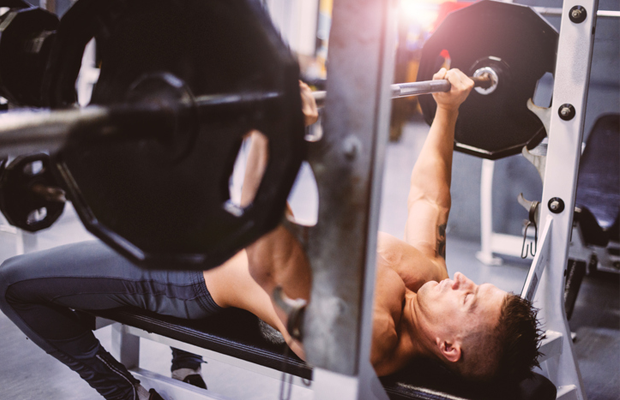
4. Your stomach feels like a block of ice
Why it happens: Your body isn’t overly concerned about digestion when you work out – it’s more worried about keeping your legs jogging or your biceps curling. “So it shifts a lot of your blood flow away from your stomach and intestines in order to supply more blood to the muscles for exercise,” says Minson.
And those working muscles produce a lot of heat that’s transferred to the skin, too, says Ryan. This warms up areas besides your stomach, which makes your belly feel colder in comparison, he says.
Your move: There’s no work-around for this one: It’s a natural and normal part of exercise, and you don’t need to sweat it, says Minson.
However, if you feel nauseous, have a headache, are dizzy, lightheaded, feel cramping, chest pain or have cold, clammy skin elsewhere, stop exercising until you see your doctor, says Ryan.
Clammy skin can signal heart attack or heat exhaustion, so take it seriously.
Read more: Chest pain: when you should worry
5. You need to go…
Why it happens: When you work out, your gastrointestinal organs can jostle, causing the urge to go. “This is why having to poop during a run is more common than having to do it while riding a bicycle or an elliptical machine,” says Ryan.
The redirection of blood flow from your intestines to your working muscles can also play role, too, he adds. So can pre-race anxiety, the timing of your last meal, stress, intensity duration and hydration levels.
Your move: Time your last meal a couple of hours before your work out, suggests Ryan. And avoid large meals, foods high in fibre, artificial sweeteners, high-fat foods and caffeine – all of which can fire up your GI tract.
If you’re racing, do a short warmup run to get your gut moving, and then hit the bathroom before the starting gun sounds.
“If going to the bathroom doesn’t help and you have prolonged diarrhoea or blood in your stool, seek medical help immediately,” says Ryan. This could signal anything from haemorrhoids to more serious GI problems or even colon cancer.
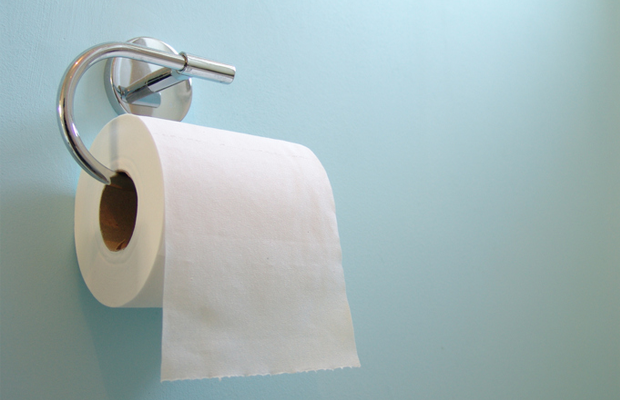
6. You’re ready to throw up
Why it happens: Blame it on a combination of blood flowing away from your intestines and your stomach content being tossed around, says Minson. When your body’s not used to it, everything can come up.
Your move: Keep track of the foods that make you want to upchuck and don’t eat them in the meal prior to your workout. As a general rule of thumb, avoid excess fibre.
Also experiment with different drinks – water, a sports drink or even diluted lemonade – during exercise. Some may be better than others at diluting your stomach, says Minson.
Throwing up every now and then is normal, he says. But vomiting does result in a loss of fluid and fuel, so dehydration can become a bigger problem. If you’re yacking regularly – once every two weeks or so – see your doctor, he says.
Read more: 5 ways your body betrays you on race day
7. Your head starts spinning
Why it happens: Vertigo, a dizziness that can lead to fainting, can be caused by blood pooling in the legs when you’re standing, being too hot or stopping exercise abruptly, says Minson.
Unfortunately, the fitter you are, the more likely you are to experience it. That’s because while exercise increases the size of the ventricles of the heart – a sign of good fitness – it can also reduce blood flow back to the heart during prolonged standing, Minson says.
With less blood returning to the heart, less blood is being replenished with oxygen – and your brain isn’t a huge fan of this. After a few minutes, you’ll feel lightheaded. Dehydration and low blood sugar can contribute, too.
Your move: Keep moving after exercise or sit down. While this seems contradictory, both of these actions push blood back toward the heart. Minson explains. Flex and unflex your thigh and calf muscles to keep blood flowing, and stay hydrated, too, he says.
You may only need to rest and drink some water, but play it safe. “Let a medical professional tell you when you can return to physical activity,” says Ryan. Vertigo isn’t always a cause for medical attention, but it can be an early sign of a heart attack or stroke.
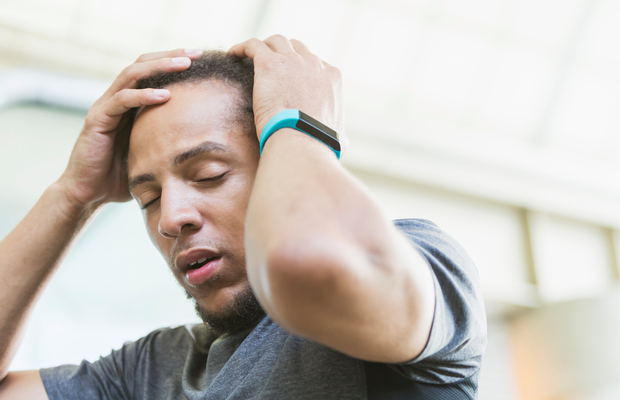
Read more: This “healthy” habit could actually triple your chances of a heart attack
8. Your toes go numb
Why it happens: Your shoes don’t fit, meaning there’s too much pressure on one area of your foot or poor blood supply to the toes. “Your feet tend to swell during exercise, especially in the heat, but this can also be caused by inflammation of the nerves that lead to the toes,” says Minson.
Your move: Avoid the problem by wiggling your toes while exercising, says Minson. That will keep blood flowing.
Make sure your shoes fit right, too. Many stores will size you and look for problems like overpronation (when your foot rolls inward) or underpronation (when your foot rolls outward). They should also be able to tell you if you’re flat-footed or if you have a high arch – both of which require different soles.
And never buy gym or running shoes online. It’s important to try them on because you may need to go a half-size bigger.
Read more: 8 ways your running shoes are ruining your workout
This article was originally published on www.mh.co.za
Image credits: iStock











